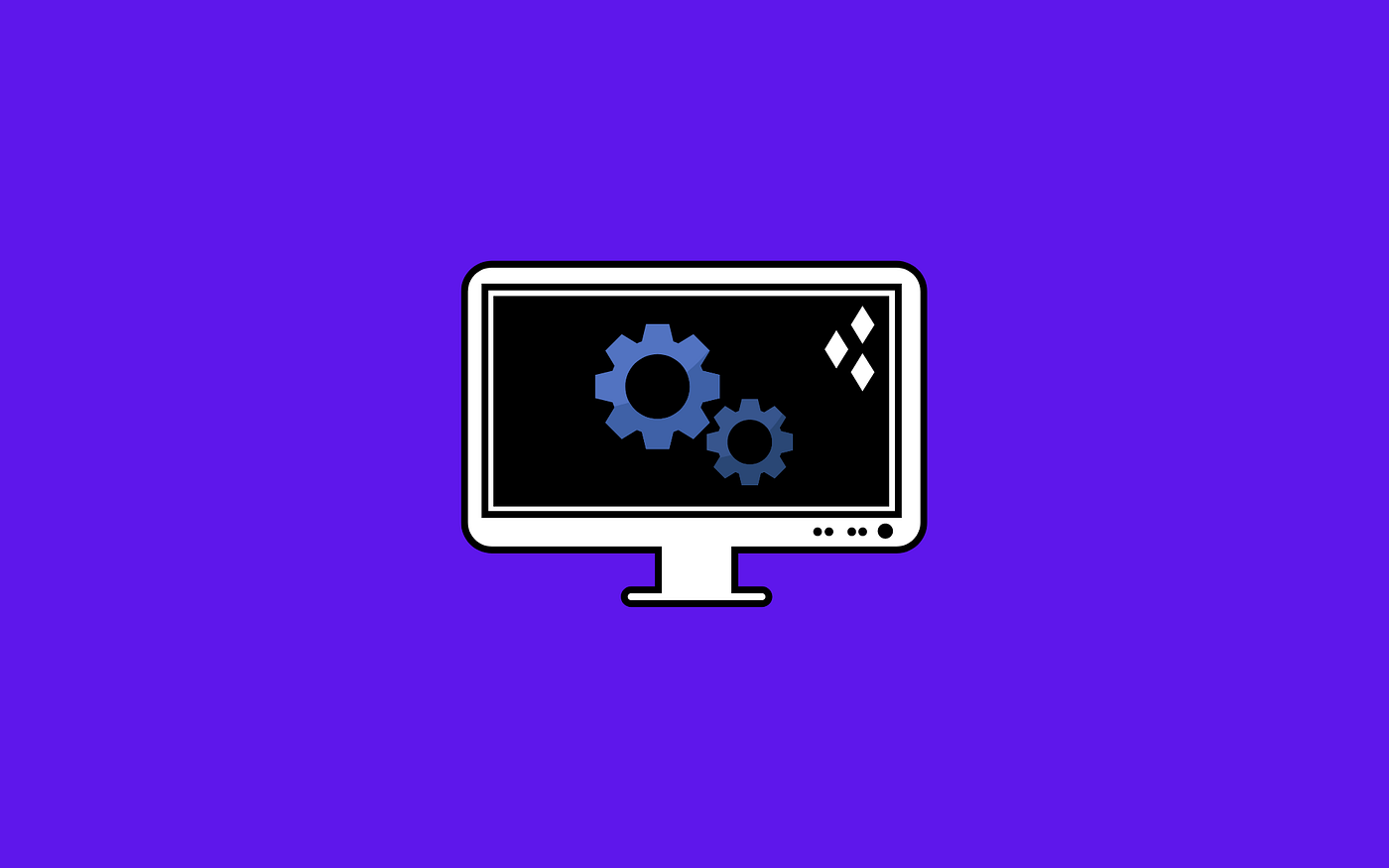The first industrial revolution
With each of the preceding industrial revolutions, humanity managed to jump to new heights. The first industrial revolution was set in the backdrop of American and French revolutions in the late 18th century, whereby most of the manual work was replaced with mechanization. It was characterized by mass movement of people from rural to urban areas, clash between the bourgeoisie and proletariat, and severe working conditions. However, as a collective, our production improved.

The second industrial revolution
Then, at the start of the 20th century, the second industrial revolution followed. It was a period of great optimism whereby electricity was provided to the masses and production lines made cars affordable for everyone. Humanity prospered and our production improved, but with these achievements came hubris and nationalism. The two world wars that followed gave birth to misery and destruction humanity was never capable of before.

The third industrial revolution
As you might have guessed, the next industrial revolution was enabled by integrated circuits. The technology made computers viable to be produced at a large scale and since the 1970s, we have been riding the third industrial revolution whereby computers enable Robotic Process Automation (RPA) and savings in the form of cheap, easy, and reliable movement of information.
The Industry 4.0
However, some hype is being created since the last few years around what many are calling the fourth industrial revolution or ‘industry 4.0’. Whatever you may call it, the basic premise here is that machines can now communicate with each other seamlessly and help save drastic costs. This is enabled by a host of sensors that track a large amount of data (called ‘Big Data’) and that data is used by artificial intelligence to perform tasks like preventative maintenance and quality control. Let’s take a deeper dive into these topics.

Robotic Process Automation
Some experts call RPA a product of the third industrial revolution while many prefer to call it a product of industry 4.0. I believe it is much more important to focus on the benefits of RPA instead. RPA uses robots, mainly in the form of robotic arms, to automate repetitive processes that humans used to do. Resultantly, the manufacturers face decreasing costs since robots are cheaper to maintain. While this is controversial from a perspective of loss of blue collar jobs, I would argue that RPA has automated some of the most dangerous and injury-prone tasks like painting cars and created new jobs in that process.
Additive Manufacturing
Before the third industrial revolution, engineers had to draw prototypes by hand using precision hand tools. It was a tedious task that took months and product development was slow. With the widespread availability of computers, Autodesk disrupted this process through AutoCAD, a software that allowed for complex 3D designs using computational power. Now, with 3D printing being made extremely affordable, companies can prototype even faster and render them in 3D within hours. In the coming years, when 3D printing becomes more faster and cheaper, mass customization will be more accessible to companies.
The Internet of Things
The internet of things refers to a web of interconnected devices that use sensors to collect data, process it, and gain insights from it. This is one of the most used ‘buzzwords’ in the business community and innovative organizations have already built complete IoT systems and deployed them. Now, this technology is expected to come to our homes really rapidly, with smart thermostats, televisions, speakers, and even fridges already being offered.

Use case: Digital Supply Chains
Although there is time for this to fully materialize, some part of this technology is already possible. Supply chains can be digitized to eliminate wastes and improve efficiency. For example, a ship carrying the cargo for raw materials constantly monitors the location and when it is 30 minutes from docking, it notifies the delivery trucks to come and collect the cargo. The trucks, ideally self-driving, then communicate with each other on best route and reach the factory after picking the cargo. The sensors at the factory are alerted about incoming cargo and security clearance for the trucks is automatically provided. When the finished goods are about to be manufactured, the retailers are directly notified to collect the goods. This will eliminate the need for huge inventory management and administrative personnel costs.
Use case: Healthcare monitoring
Sensors can be placed on your wrists to monitor your heart rate, sleep, and blood pressure. Although this technology has existed for many years now, it lacks the connectivity the Industry 4.0 promises. Once connected to relevant healthcare facilities, the data can be analyzed for anomalies beforehand and patterns can be detected in the data to predict the risk of a heart attack or stroke. Ambulances can be immediately dispatched and many lives can be saved.

Use case: Preventative maintenance
Sensors can be placed on machines to constantly monitor machine data such as oil pressure, rotations per minute, and metal wear. As soon as an anomaly is detected, preventative maintenance can be scheduled by automatically ordering the relevant faulty machine part, hiring a freelance mechanic, and scheduling time off for employees on hourly wages. This can save a lot of costs in terms of down time and personnel.
Conclusion
We live in interesting times. While unprecedented advances are taking places, truly terrifying stuff is also on the corner. We have to use the powers of industry 4.0 to contribute towards greater good, since it can make a lot of jobs obsolete and push many people into poverty.
